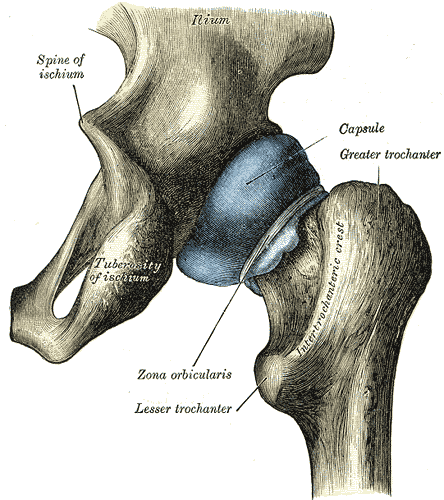How do soft tissues protect us in a fall? Dr. Fatemeh Khorami investigates the mechanics behind sex differences and injury risk
A recent PhD grad just published a paper looking at sex differences in soft tissue behaviour, which is an important factor to consider when thinking about injury prevention.
Dr. Fatemeh Khorami recently completed her PhD in Mechatronic Systems Engineering at Simon Fraser University, under the supervision of ICORDian PI, Dr. Carolyn Sparrey. Dr. Khorami’s research focused on fall biomechanics and the mechanics of soft tissue. Motivated by persistent sex disparities in injury outcomes from falls and vehicle collisions, Dr. Khorami sought to better understand how muscle activation, sex, and tissue composition affect how the body absorbs impact, particularly at the hip.
“Injury models often overlook female anatomy and soft tissue behavior,” she explained. “That’s a big problem when we know women experience hip fractures more often than men.” Her paper recently published in Clinical Biomechanics measured how soft tissues respond to pressure using indentation testing and ultrasound imaging. Participants were asked to lie on their sides while a small device was pressed against the tissues over the greater trochanter, both when the muscles were relaxed and when they were actively engaged.
The results? Male participants showed significantly greater tissue stiffness and energy absorption, especially during muscle activation. “This suggests that muscle engagement can increase tissue resistance and help buffer force during a fall,” said Dr. Khorami. Even small differences in fat and muscle layer thickness could meaningfully affect force absorption.
These findings have direct implications for preventing falls. “We need to consider individual tissue properties, especially sex differences and muscle condition, when designing interventions like hip protectors or fall simulations,” she noted. Dr. Khorami also explored how hydration status could influence tissue mechanics, setting the stage for future research.
Now a postdoctoral fellow in the UBC Faculty of Medicine, Dr. Khorami is pivoting toward public health. “I’m interested in translating biomechanics insights into policy, especially for underrepresented groups like women in rural communities,” she said. “My goal is to combine engineering, data science, and health equity to inform more inclusive health systems.”


